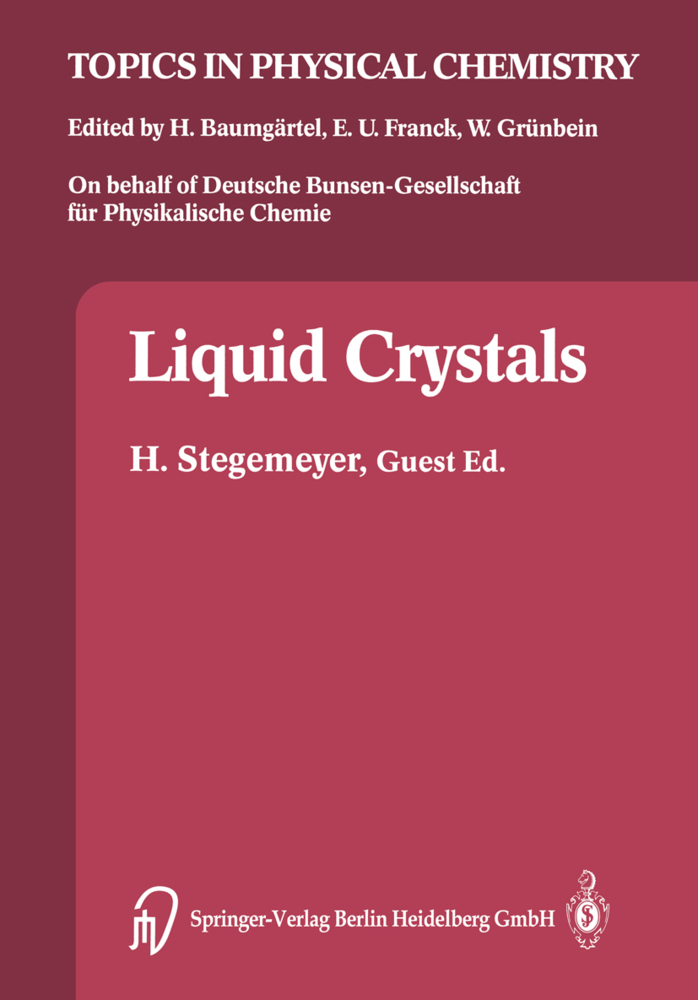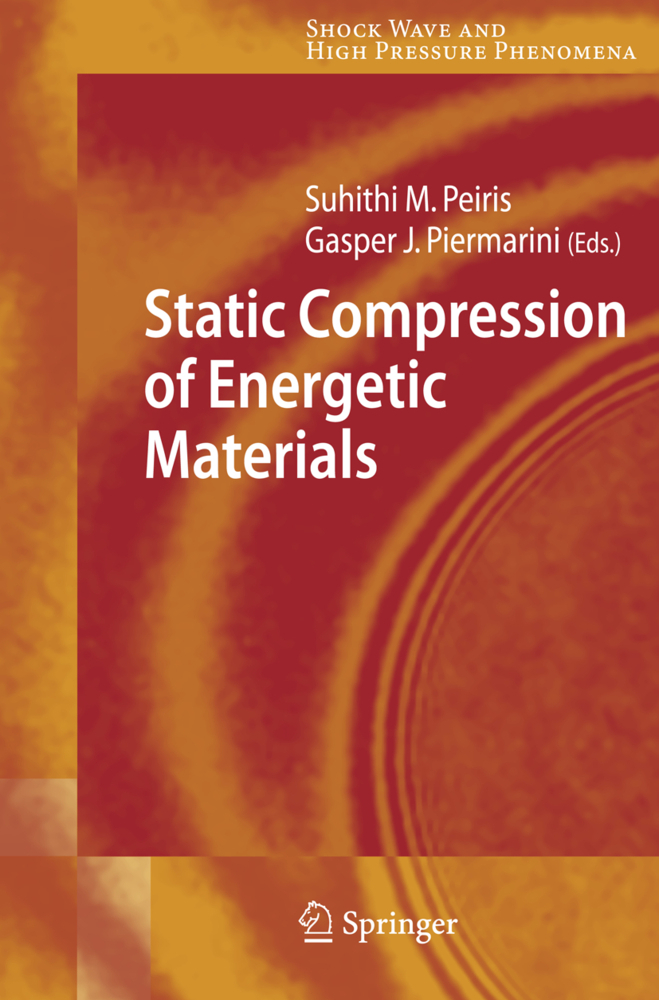Time-Dependent Reactivity of Species in Condensed Media
Time-Dependent Reactivity of Species in Condensed Media
These notes on the use of one particular form of the time-dependent rate constant to describe the reaction patterns in condensed media have been put together primarily to encourage chemists to try and accept this new way of experimental data treatment. A number of applications is shown and interpretative aspects are discussed. Emphasized are the problems that need to be currently solved. Some of them are also of current interest in condensed phase physics from which the chemical kinetics benefits a great deal. It was inevitable that the choice of subject matter from both rapidly expanding fields and its form of pre sentation reflect to some extent the author's own interests and some important topics are treated briefly or even omitted. Fully recognizing this, I would like to acknowledge with gratitude the contributions to the subject of all my coworkers in the Laboratories of Lodz, Detroit Mi, MUlheim/Ruhr, and Houston Tx, and of those who helped me in preparing this text. Dr. Wlodzi~ierz Lefik and my son WojciecQ recalculated most of the experimental results, Mrs. Aleksandra Karczewska redrew all the figures. Special thanks go to my wife Ewa for her invaluable assistance in all works and for the final form of the text. AP Lodz, February 1986 CONTENTS 1. Introduction 1 2. Reaction kinetics of species trapped in glassy matrices 6 Excess electrons (6): Post-irradiated decay (6). Spectral relaxation (11). Photostimulated decay (15). Photostimu lated conversion into trapped hydrogen atoms (17). Radio luminescence kinetics (21).
Excess electrons
Hydrogen atoms
Alkyl radicals
Disproportionation of Cl?2
3. Kinetic behaviour of water radiolysis products in polycrystalline ice
Trapped electrons
Hydrogen atoms
Hydroxyl radicals
Structural relaxation in polycrystalline ice
Some other polycrystalline systems
4. Decay of radicals in polymer matrices
Allyl radicals in polyethylene
Propagating radicals in poly(methyl methacrylate)
ITL of X-irradiated polystyrene
5. Lifetime distributions of photoproduced cation-radicals in micelles
Time-dependent reactivity of species embedded in micelles
Solvent isotope effect
Effect of micellar interface modification on reactivity of embedded species
Distribution of activation energy for decay of embedded species
Kinetic behaviour of photoe jected electrons
6. Molecular origins of reactivity distribution in condensed media
Time-dependent rate constant in CTRW model
CTRW model of nonexponential relaxation
Barrier dispersion model of waiting-time distribution function
7. Appendices
A. Kinetics with time-dependent rate constant
B. Inverse Laplace transform of Kohlrausch relaxation function.
1. Introduction
2. Reaction kinetics of species trapped in glassy matricesExcess electrons
Hydrogen atoms
Alkyl radicals
Disproportionation of Cl?2
3. Kinetic behaviour of water radiolysis products in polycrystalline ice
Trapped electrons
Hydrogen atoms
Hydroxyl radicals
Structural relaxation in polycrystalline ice
Some other polycrystalline systems
4. Decay of radicals in polymer matrices
Allyl radicals in polyethylene
Propagating radicals in poly(methyl methacrylate)
ITL of X-irradiated polystyrene
5. Lifetime distributions of photoproduced cation-radicals in micelles
Time-dependent reactivity of species embedded in micelles
Solvent isotope effect
Effect of micellar interface modification on reactivity of embedded species
Distribution of activation energy for decay of embedded species
Kinetic behaviour of photoe jected electrons
6. Molecular origins of reactivity distribution in condensed media
Time-dependent rate constant in CTRW model
CTRW model of nonexponential relaxation
Barrier dispersion model of waiting-time distribution function
7. Appendices
A. Kinetics with time-dependent rate constant
B. Inverse Laplace transform of Kohlrausch relaxation function.
Plonka, A.
| ISBN | 978-3-540-16796-9 |
|---|---|
| Artikelnummer | 9783540167969 |
| Medientyp | Buch |
| Copyrightjahr | 1986 |
| Verlag | Springer, Berlin |
| Umfang | VI, 152 Seiten |
| Abbildungen | VI, 152 p. |
| Sprache | Englisch |











